The Quantum Frontier: India’s Steady, Step-by-Step Strategy
Ambassador Vinay Kwatra outlines India’s National Quantum Mission and international partnerships at QWC 2025
On the Main Stage at Quantum World Congress 2025, His Excellency Vinay Kwatra, Ambassador of India to the United States, offered a diplomat’s lens on quantum. Kwatra began with humility—admitting he is not a scientist—but quickly pivoted to a clear message: India is committed to building quantum capacity deliberately, inclusively, and with trusted partners.
Kwatra traced India’s late but ambitious entry into the field, rooted in the National Quantum Mission (NQM) approved in 2023. This eight-year program aims to seed, scale, and connect research and applications across four pillars:
Quantum communications
Quantum computing
Quantum sensing, metrology, and devices
Quantum materials and supply chains
The NQM is phased: early years emphasize labs, testbeds, and training; mid-course efforts target intermediate-scale devices and city-level secure links; and the long term focuses on scaling manufacturing, supply chains, and practical deployments. Progress, Kwatra emphasized, will be measured not by hype but by prototypes that work, trained engineers who can maintain them, and suppliers who can deliver on time.
“India may be a latecomer, but we are not standing still. With the National Quantum Mission, thematic hubs, startups, universities, and close cooperation with partners like the United States, we are laying the foundations for steady and credible progress.”
He highlighted India’s four thematic hubs (computing, communications, sensing/metrology, and materials/devices) and five active projects across modalities—from superconducting qubits (100-qubit targets within three years) to trapped ions and cold atoms. Startups are also stepping up with quantum-secure communications systems and pilots already moving from lab benches into operational settings.
Kwatra tied this domestic progress to India’s global role:
Building a quantum-safe ecosystem, preparing post-quantum cryptography (PQC) roadmaps and pilots in critical sectors.
Advancing under the U.S.–India Initiative on Critical and Emerging Technologies (iCET), which promotes joint projects, researcher exchanges, and industry collaboration.
Combining India’s scale, cost-aware engineering, and young talent with America’s research depth and industrial capacity to strengthen secure supply chains and responsible standards.
India’s approach, he said, will remain steady and straightforward:
Pick problems that matter.
Invest in people and training.
Keep societal value at the center of design.
Share solutions openly with partners.
Acknowledging challenges—error correction, supply chain depth, and workforce scale—Kwatra stressed India’s proven ability to overcome systemic hurdles in the past. The measure of success, he concluded, is whether quantum delivers tangible benefits to ordinary citizens, not just to elites.
